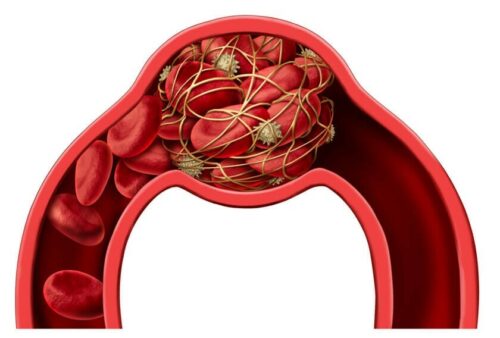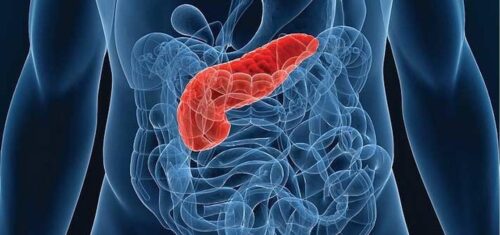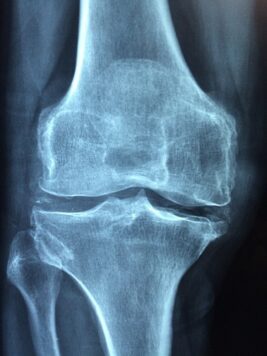We report the construction of blood cell membrane cloaked mesoporous silica nanoparticles for delivery of nanoparticles [fullerenols (Fols)] with fibrinolysis activity which endows the active Fol with successful thrombolysis effect#nbsp;in vivo.#nbsp;In vitro, Fols present excellent fibrinolysis activity, and the Fol with the best fibrinolysis activity is screened based on the correlation between Fols’ structure and their fibrinolysis activity. However, the thrombolytic effect#nbsp;in vivo#nbsp;is not satisfactory. To rectify the unsatisfactory situation and avoid the exogenous stimuli, a natural blood cell membrane cloaking strategy with loading the active Fol is chosen to explore as a novel thrombolysis drug. After cloaking, the therapeutic platform prolongs blood circulation time and enhances the targeting effect. Interestingly, compared with platelet membrane cloaking, red blood cell (RBC) membrane cloaking demonstrates stronger affinity with fibrin and more enrichment at the thrombus site. The Fol with RBC cloaking shows quick and efficient thrombolysis efficacy#nbsp;in vivo#nbsp;with less bleeding risk, more excellent blood compatibility, and better biosafety when compared with the clinical drug urokinase (UK). These findings not only validate the blood cell membrane cloaking strategy as an effective platform for Fol delivery on thrombolysis treatment, but also hold a great promising solution for other active nanoparticle deliveries#nbsp;in vivo.
0 items in your cart
Help center
Do you have any questions?
What would you like help with today? You can quickly take care of most things
here, or
connect with us when needed.
Can not find your answer? Please contact us
Send a question
Please try to describe your question as accurately as possible. The most
complete information will help us promptly respond to your message.
Question sent successfully
Thank you for contacting us, we will answer your question on example@gmail.com within 72 hours!







